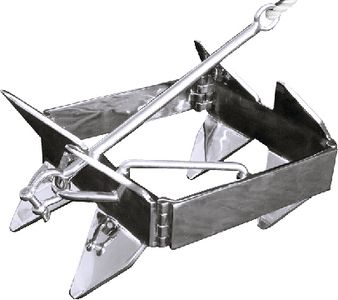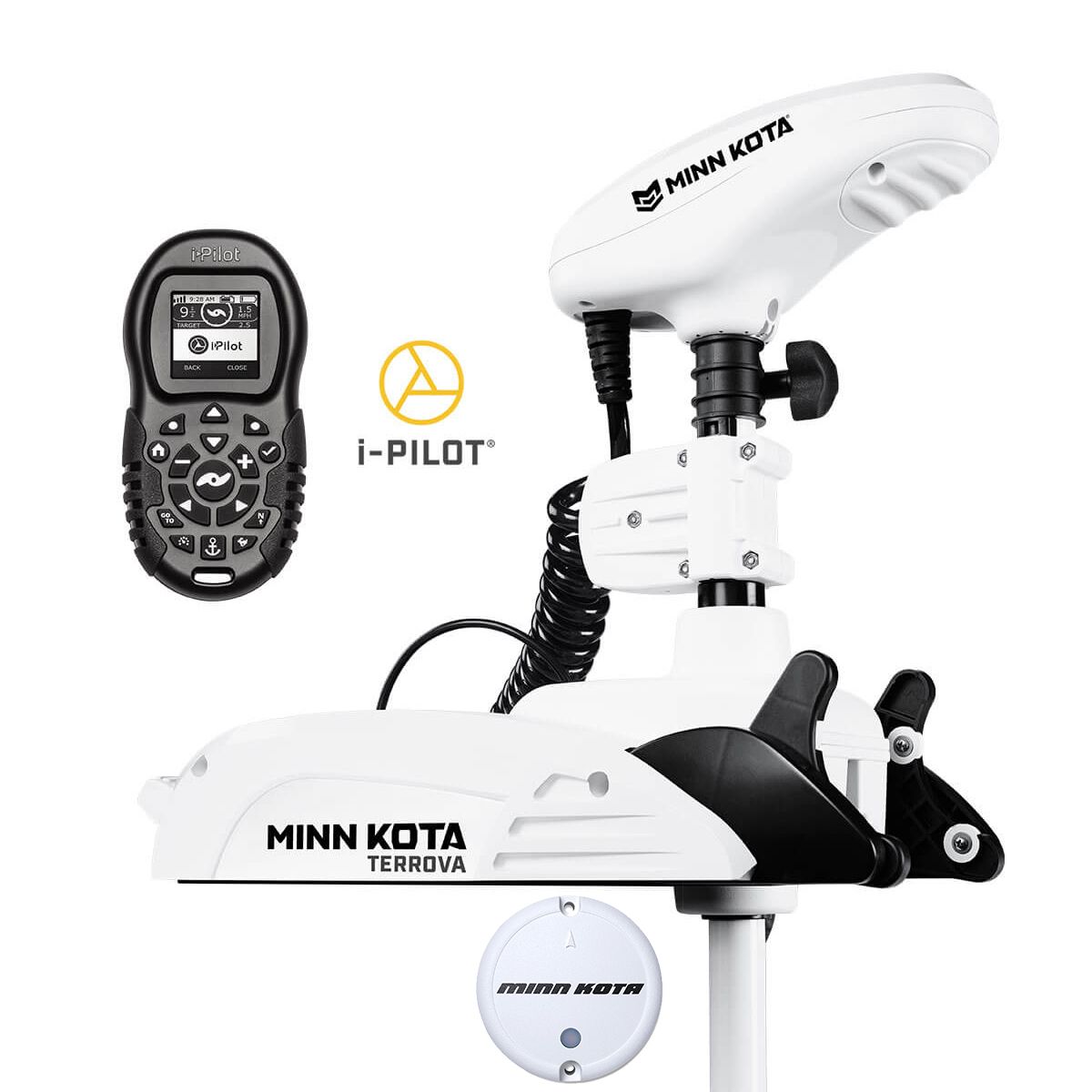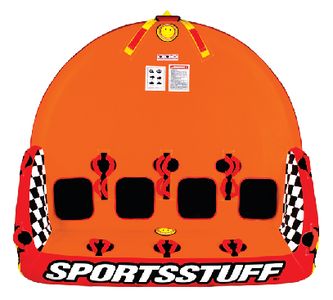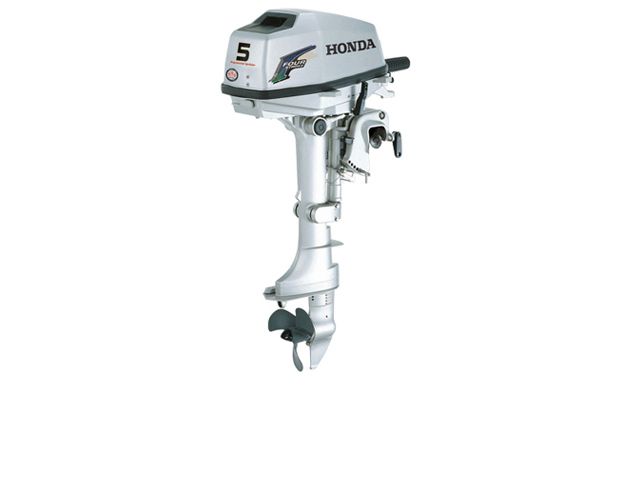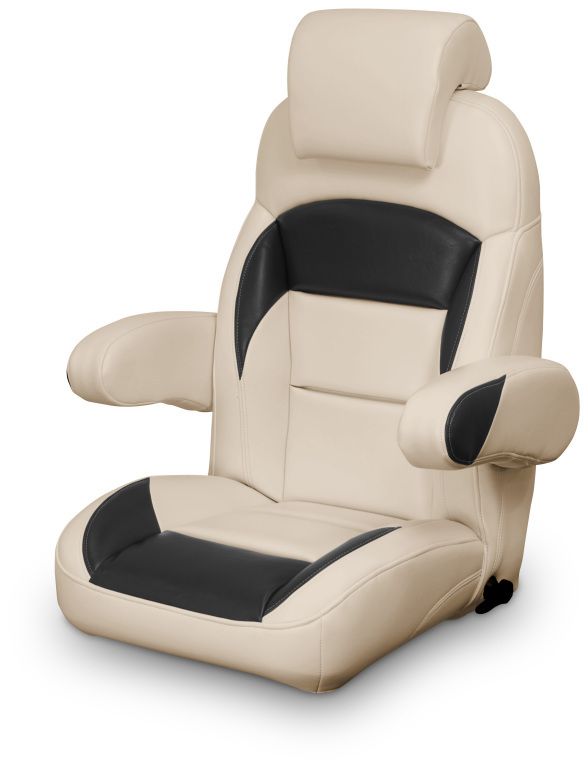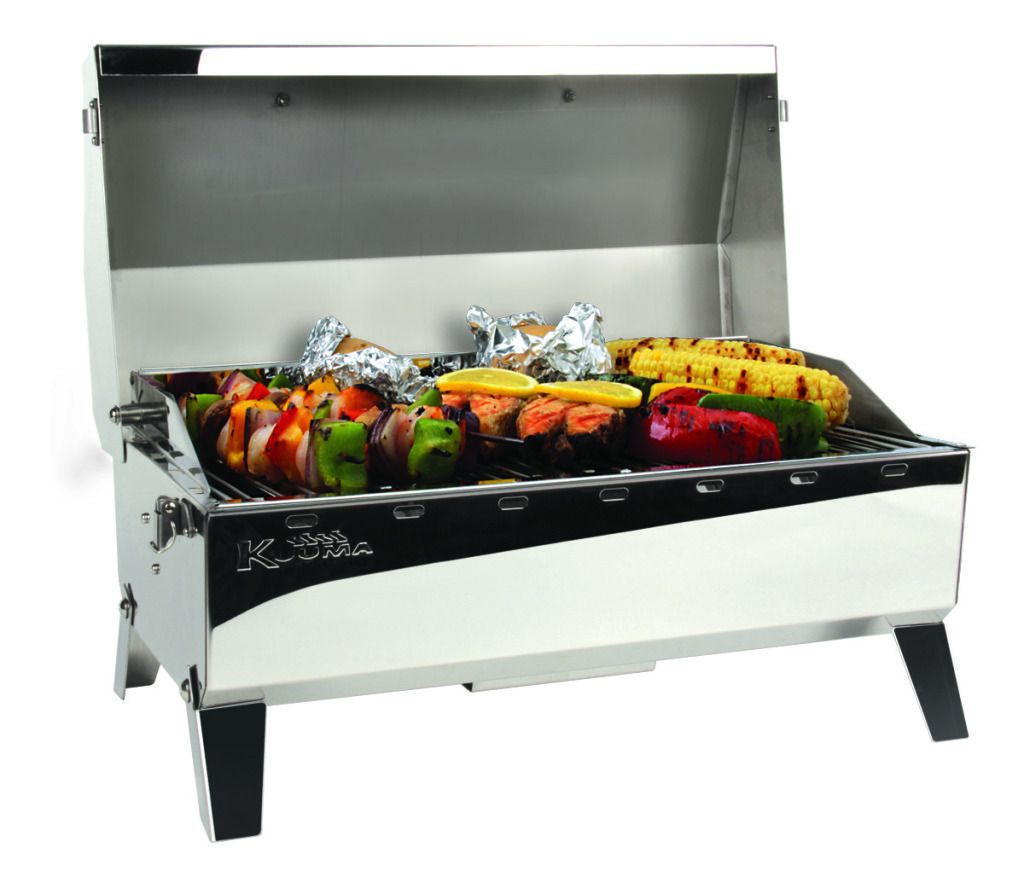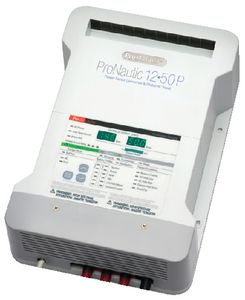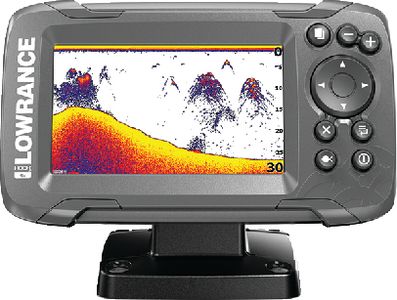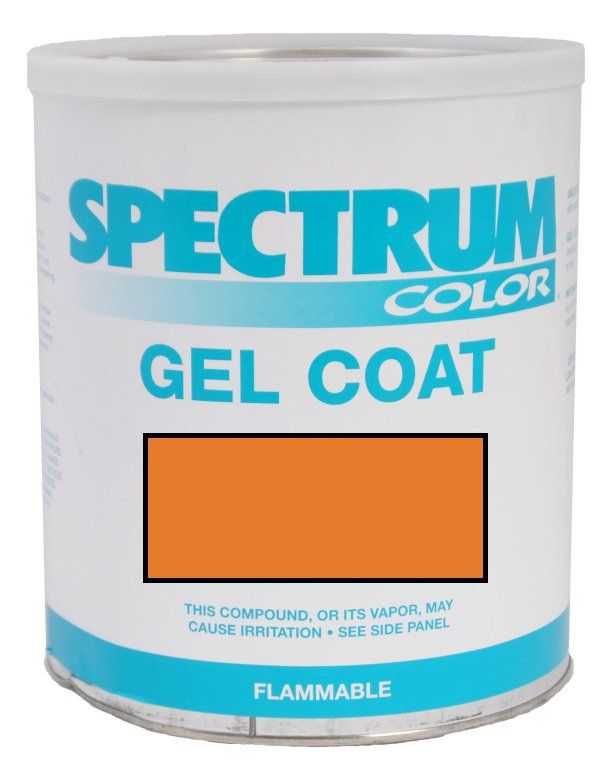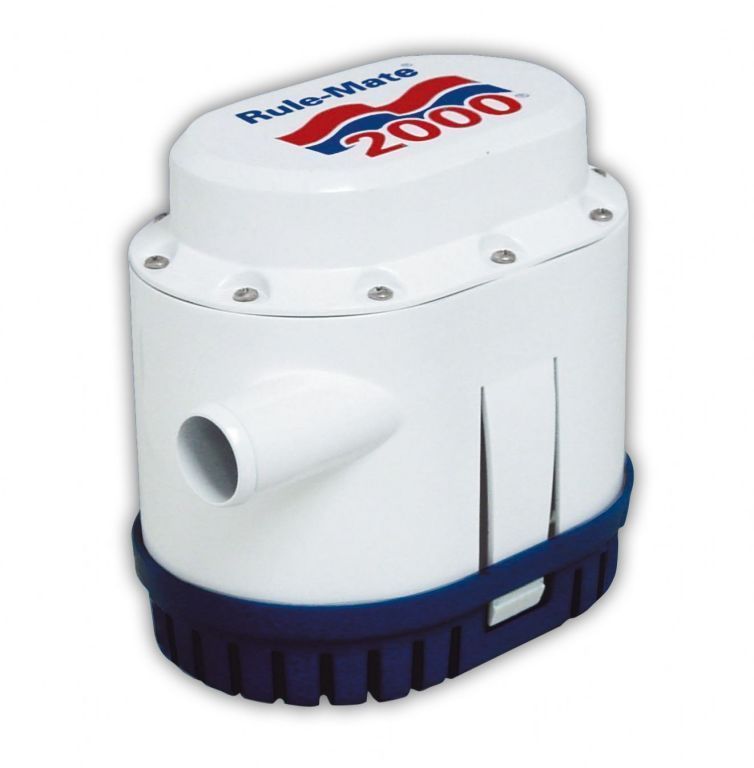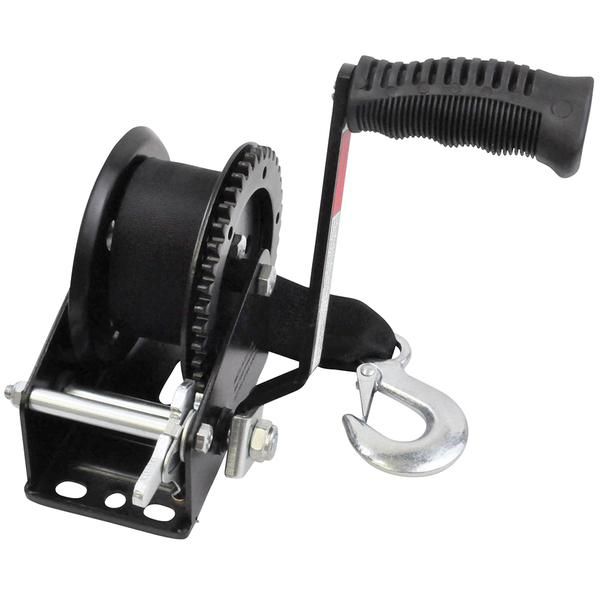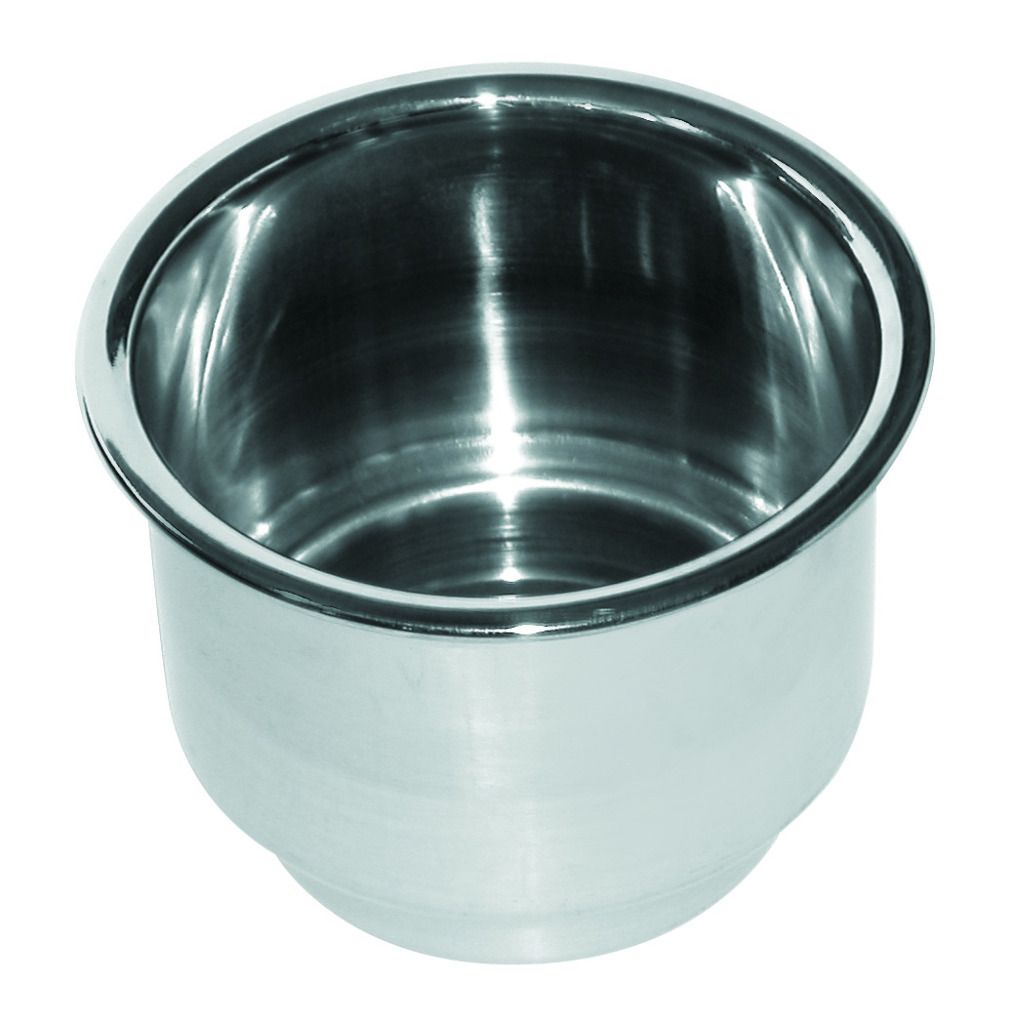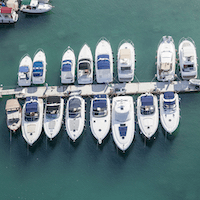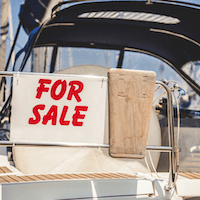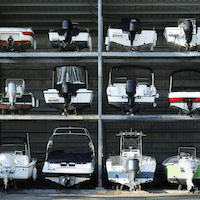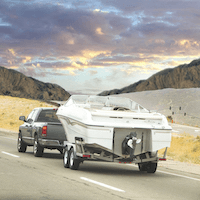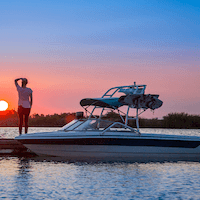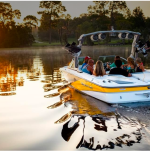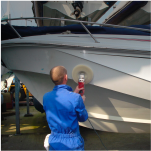Philster
Captain
- Joined
- Sep 15, 2009
- Messages
- 3,344
Parked on the trailer, with a full tank, my fuel gauge will read 3/4 full and rapidly spike up to full and back to 3/4.
It's one of the pesky things I just need to obsess about. I am guessing there is an opportunity for this to work better. In such a case, does this sound like a sending unit issue?
How would I check/fix/etc.
I have run outboards w/portable tanks and had a Baja that had a fuel gauge that never worked (and I didn't care because I was a punk kid).
Well, now I want this one to work. What steps would I take to make sure it's as accurate as possible?
It's one of the pesky things I just need to obsess about. I am guessing there is an opportunity for this to work better. In such a case, does this sound like a sending unit issue?
How would I check/fix/etc.
I have run outboards w/portable tanks and had a Baja that had a fuel gauge that never worked (and I didn't care because I was a punk kid).
Well, now I want this one to work. What steps would I take to make sure it's as accurate as possible?

